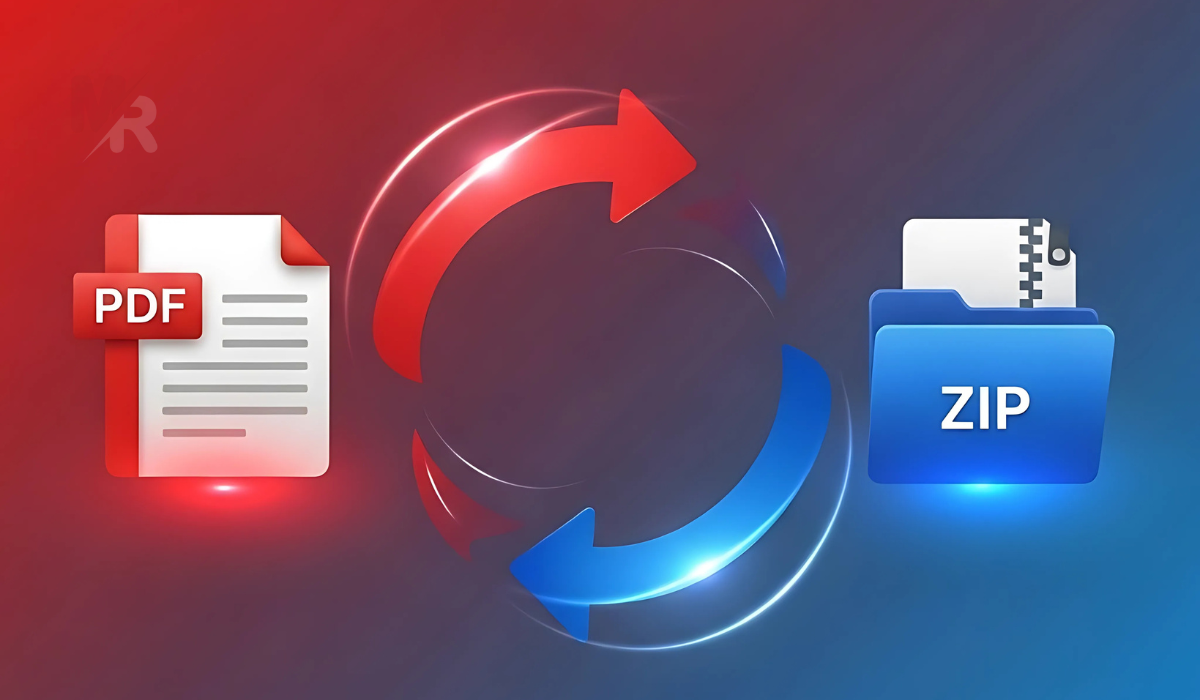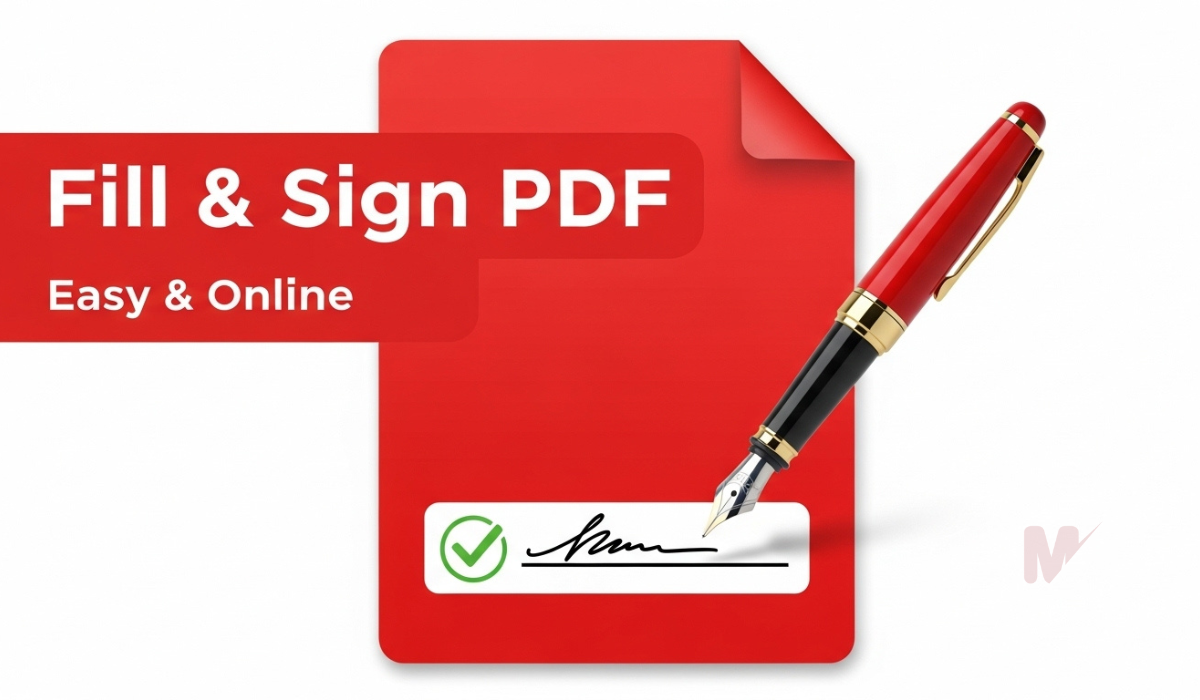How to Use the Target Audience Check Tool Effectively
Understanding your audience is critical to the success of any marketing campaign or content strategy. The Target Audience Check tool helps you align your message with the expectations, needs, and preferences of your intended readers or viewers. In this guide, you will learn how to use this powerful tool step-by-step and why it’s essential for your digital growth.
Table of Contents
What Is the Target Audience Check Tool?
The Target Audience Check tool is a digital solution designed to evaluate how well your content resonates with your defined audience. Whether you’re crafting social media posts, email campaigns, blog articles, or landing pages, this tool assesses tone, clarity, relevance, and messaging effectiveness. It helps you avoid miscommunication and missed opportunities by ensuring your content matches your audience’s profile.
Why You Should Use the Target Audience Check Tool
Using the Target Audience Check tool offers a wide range of benefits, including:
- Improved Engagement: Content that aligns with your audience keeps them reading, clicking, and sharing.
- Higher Conversion Rates: Well-targeted messaging leads to stronger calls to action and more conversions.
- Better ROI: Save time and marketing spend by ensuring each piece of content has impact.
- Brand Consistency: Keep your brand voice aligned with your ideal customer expectations.
Whether you’re an entrepreneur, marketer, copywriter, or content strategist, you need the Target Audience Check tool in your arsenal.
Step-by-Step Guide to Using the Target Audience Check Tool
Step 1: Define Your Target Audience
Before running any analysis, clearly define who your target audience is. Ask yourself:
- What is their age range, gender, and location?
- What are their interests, values, and pain points?
- What kind of language or tone do they respond to?
Feed this information into the Target Audience Check tool to set the baseline for analysis.
Step 2: Upload or Paste Your Content
Most Target Audience Check tools allow you to upload a document or paste your content directly into the input field. This can include:
- Blog posts
- Product descriptions
- Social media captions
- Email newsletters
- Landing page copy
Make sure your content is complete and represents the final version you plan to publish.
Step 3: Run the Analysis
Click the “Analyze” or “Check” button to run the Target Audience Check. The tool will process your content and provide a report highlighting key findings, such as:
- Tone alignment (formal, friendly, professional, casual)
- Use of jargon or overly complex terms
- Emotional appeal and call-to-action strength
- Relevance to your audience’s needs and interests
The goal is to identify mismatches between your messaging and your audience’s expectations.
Step 4: Review the Feedback
Once the analysis is complete, read through the detailed feedback. Most Target Audience Check tools provide actionable suggestions, such as:
- Replace formal phrases with casual alternatives
- Add emotional triggers for stronger engagement
- Simplify technical terms for broader comprehension
- Emphasize benefits over features
Highlight and address any parts of your content that fail to resonate with your intended audience.
Step 5: Edit and Refine Your Content
Take the feedback from the Target Audience Check and edit your content accordingly. Keep your audience’s language, tone, and preferences at the forefront. If the tool suggests that your tone is too robotic for a younger audience, inject more conversational language. If the content lacks urgency, revise your calls to action.
Repeat the analysis after editing to ensure your changes improved alignment with your target audience.
Step 6: A/B Test for Deeper Insights
After optimizing your content using the Target Audience Check tool, consider running A/B tests on different versions of your content. Measure metrics such as:
- Click-through rate (CTR)
- Bounce rate
- Time on page
- Conversion rate
These tests can validate the improvements made using the tool and offer deeper insight into your audience’s behavior.
Tips for Maximizing the Impact of the Target Audience Check
- Update Your Audience Profile Regularly: As your brand grows, your target audience may shift. Keep your audience data current to ensure ongoing relevance.
- Use the Tool Before Publishing: Make it a routine step before pushing any content live.
- Combine with SEO Tools: Pair your Target Audience Check analysis with keyword research and SEO tools to ensure both search engines and humans love your content.
- Customize Settings for Specific Channels: Tailor your content differently for emails, websites, and social media using channel-specific audience expectations.
Common Mistakes to Avoid
Even with a Target Audience Check tool, some mistakes can reduce your effectiveness:
- Assuming You Know Your Audience: Always base your assumptions on data, not guesses.
- Ignoring Feedback: Don’t overlook tone mismatches or confusing language.
- One-Size-Fits-All Content: Avoid using the same content across all platforms without adapting it.
By using the Target Audience Check properly, you can sidestep these errors and boost your content performance.
Final Thoughts
The Target Audience Check tool is more than just a spell-checker for tone. It is your digital assistant in refining communication and increasing the impact of your content. In today’s crowded digital space, where attention spans are short and competition is fierce, understanding and appealing to your audience is everything.
Use the Target Audience Check consistently, and you will create content that not only gets noticed but also drives action.








